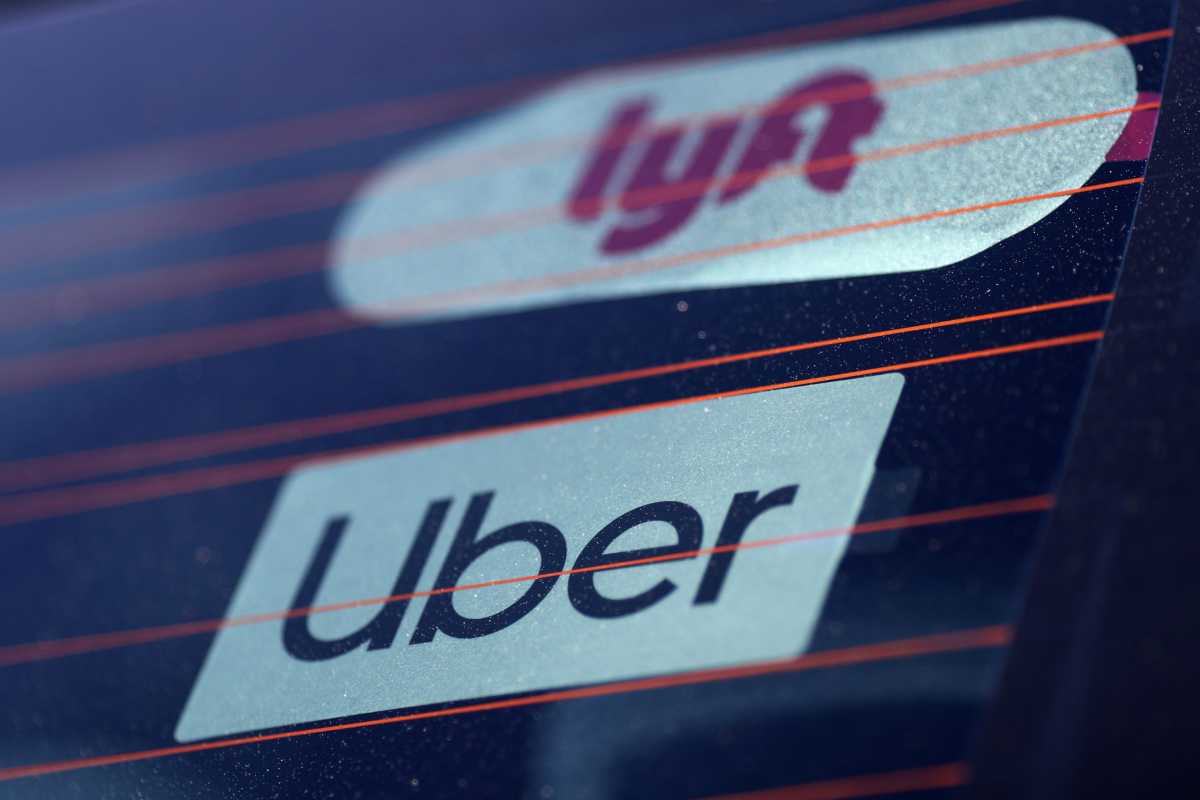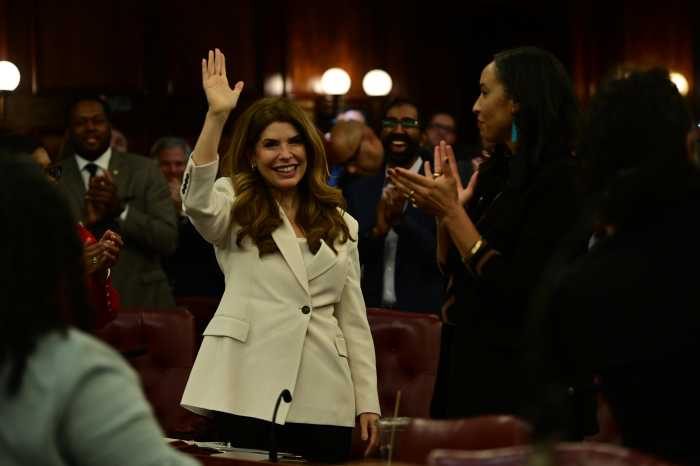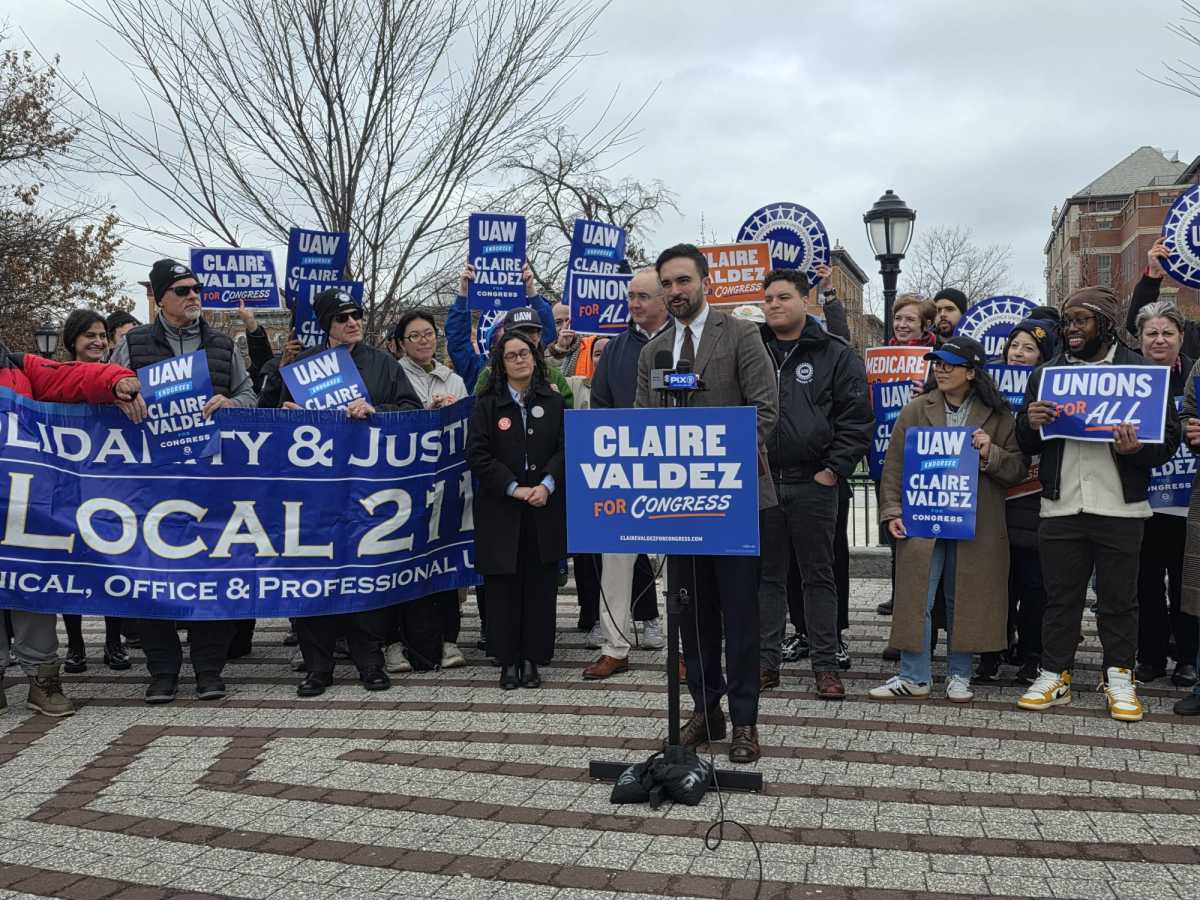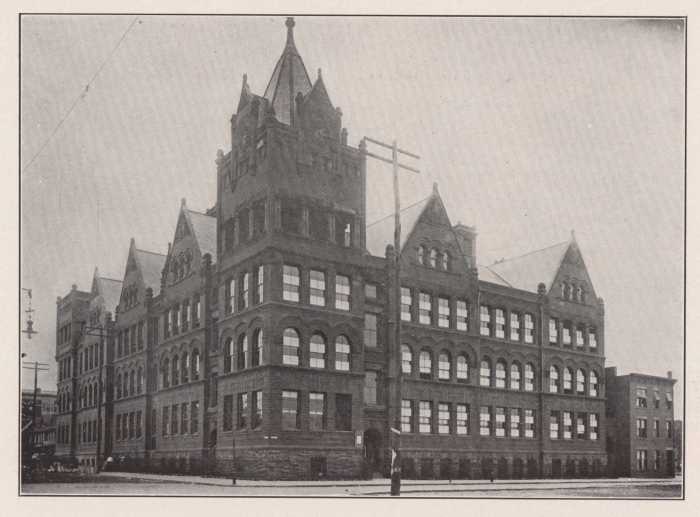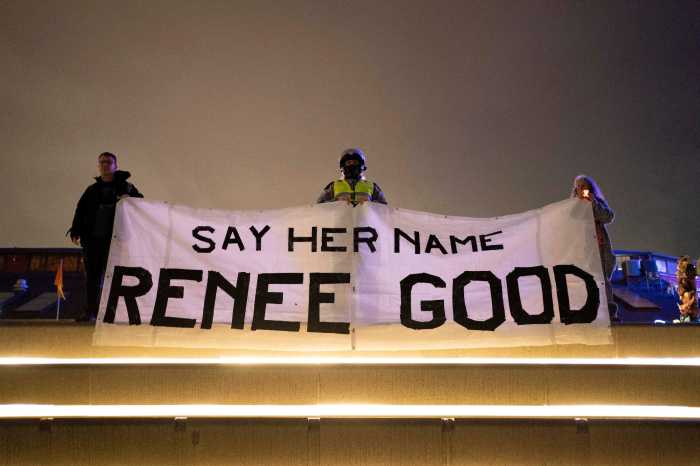News that inflated settlements and jury verdicts have undermined the stability of New York’s top insurer for taxis, black cars, and ridesharing is sending shockwaves through New York’s insurance and transit industries—and exposing a crisis in our courtrooms.
American Transit Insurance Co.’s reported $700 million net losses underscores the urgent need for lawmakers to reform New York’s costly liability mandates and the lawsuit-friendly laws that attract unscrupulous attorneys and fraudsters. A challenging road lies ahead given Albany’s cozy relationship with the personal injury trial lawyer lobby. But if legislators find the courage to fix these broken policies, they’ll protect both drivers and consumers from high costs and predatory litigation.
A major contributor to ATIC’s troubles is the Big Apple’s highest in the nation insurance requirements for for-hire vehicles. New York City mandates drivers carry insurance coverage of $200,000 per person. That’s four times higher than the minimum required in other parts of the state—$50,000. In contrast, New Jersey mandates only $15,000, and Pennsylvania requires just $5,000.
These unnecessarily high insurance mandates are a magnet for questionable lawsuits as trial attorneys see each outsized insurance policy as a pot of gold at the end of the lawsuit rainbow.
The Empire State’s legal environment encourages excessive litigation and fraudulent claims, which distorts and destabilizes the insurance market. New York’s hostile litigation climate effectively imposes a “tort tax” on its residents, with each of us shouldering over $2,318 annually in liability costs—one of the highest burdens in the nation.
Each year, personal injury lawyers spend millions in advertising, often specifically targeting Uber and Lyft. In 2023, law firms and legal groups spent more than $97 million on more than 1 million local legal services advertisements across New York state. 60% of was spent on local television ads and 14% on radio. These aggressive marketing tactics fuel a culture of litigation, where ads not only drum up businesses, they also influence juries. Attorney-driven lawsuits and questionable claims clog the court system, drive up legal costs, and inflate insurance premiums.
At the same time, the state legislature’s failure to rein in predatory lawsuit lending and mandate disclosure of litigation funding agreements in court provides a steady stream of shadowy dark money to fuel the fire of fraudulent claims.
Both Albany and New York City Council have a role in reining lawsuit abuse. First, the City’s insurance requirements for for-hire vehicles need to be re-evaluated and streamlined. The current mandates are excessive.
Next, lawmakers must combat fraud and abuse. Strengthening regulations and imposing stricter penalties for fraudulent insurance claims will help reduce the financial strain on drivers and deter dishonest, and often dangerous, staged accident practices and injuries. Some of these abuses have been highlighted in multiple Racketeer Influenced and Corrupt Organizations lawsuits filed by Tradesman Insurance, alleging a network of doctors and plaintiff’s firms knowingly accepted referrals via “runners” profiting by inducing clients to manufacture accidents and injuries.
These same fraud networks target for-hire vehicle drivers.
The civil justice system needs to work for all New Yorkers, not just the lawyers who profit from it. Reforms such as capping damages, keeping junk science out of the courtroom, and regulating third party litigation financing would create a more balanced legal environment.
The impact of abusive litigation on ATIC’s stability should be a call to action for New York’s policymakers. By standing up to powerful special interests and addressing these issues — insurance requirements, lawsuit abuse, and unchecked litigation funding — we can restore faith in the insurance market, lower costs for consumers, and ensure that for-hire drivers are not unfairly burdened by a flawed system.
Tom Stebbins is executive director at the Lawsuit Reform Alliance of New York.
Read More: https://www.amny.com/oped/



